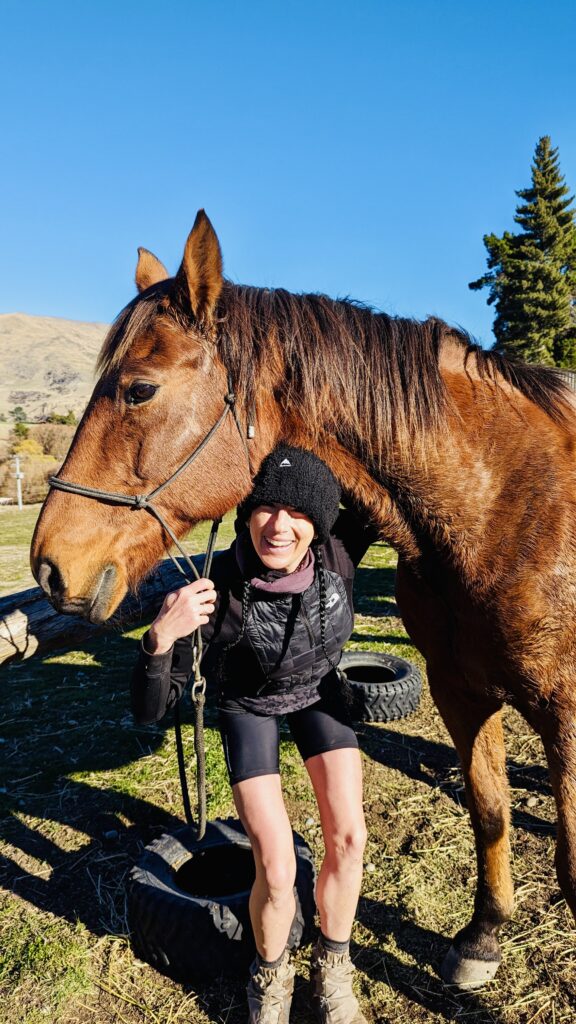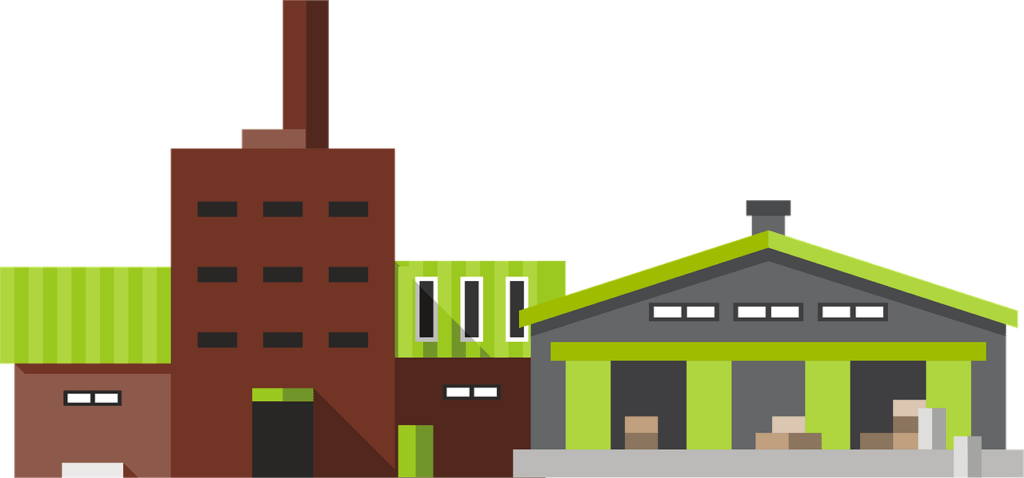Peter Nation has announced he is stepping down from the helm of the New Zealand National Fieldays Society, owner and operator of the 114 hectares of Mystery Creek Events Centre and the Iconic Fieldays® event, finishing up on the 20th December this year.

“I have made the decision to step aside so I can pursue more personal interests and time with family, I feel that I am leaving Society in a very stable position with a bright future ahead” says Nation.
Nation is quick to outline that he has been “in and around Society for nearly 30 years, so the time is right”, first as the major sponsor representative as the ANZ Regional Manager Rural, and the Bank’s sponsor representative, where he supported major capital investments such as the Mystery Creek Pavilion, followed by a variety of roles within the Society before being appointed as CEO in March 2016.
Whilst 30 years of contributions is significant, Nation states it’s been a privilege and one not without its challenges. “There is no escaping the weight of running an event business during turbulent pandemic times, but successfully navigating such upheaval will undoubtedly go down as one of my highlights”.
Nation says “Transitioning from governance to a senior management leadership role in the same organisation is not for the faint hearted. There are not many people who get this unique experience or opportunity to help build something that opens up a massive window across the world for New Zealand agriculture. As CEO I have been given many opportunities both in New Zealand and across the world, attending and speaking at conferences and events, hosting important international delegations, promoting agriculture and food producers while ensuring we grow New Zealand through our many activities in events”.
“I have loved every minute of this high-profile role, which included leading a high performing team, successfully staging the largest event in New Zealand annually, operating the renowned Mystery Creek Events Centre while supporting the community, youth and the many organisations that need our support. A job like this does not get much better”.
He goes on to say “I have been blessed with very sound Board and Chairs leadership. It is so important to have trust and support between the CEO and Board. This success and growth are a direct result of these relationships which include leadership and wider team, including volunteers and members. Not many people land roles like my current one, and while my career has been full of unique opportunities, this last one will be the one that will be fondly recalled in my memory.”
Society Board Chair, Jenni Vernon states Peter has been instrumental in building enduring and trusted relationships in our community and amongst key stakeholders including local and central government, all critical to the ongoing success of the southern hemisphere’s largest agricultural Fieldays event and the Mystery Creek Events Centre’s social license to operate. “It has been my pleasure to be Chair in Peter’s tenure as CEO and whilst change can be unsettling, Peter has set a solid foundation for the Society’s next phase having worked tirelessly to bring the organisation into the future, developing sound systems and processes that underpins the Society’s place on the world stage. Alongside the Society Board and membership, we sincerely thank Peter, supported by his family, for his contributions and stewardship” says Vernon.
Peter will sign off for the final time at the end of the year following the Society’s Annual Awards and celebration.
ENDS.
About the New Zealand National Fieldays Society
The New Zealand National Fieldays Society was created in 1968 to bring town and country together and to advance agriculture for the benefit of New Zealand through collaborative leadership in innovation, education, and globalisation.
The Society owns Fieldays® and operates the Mystery Creek Events Centre, supports education through grants and scholarships and gives back to the community through its charitable activities.


















